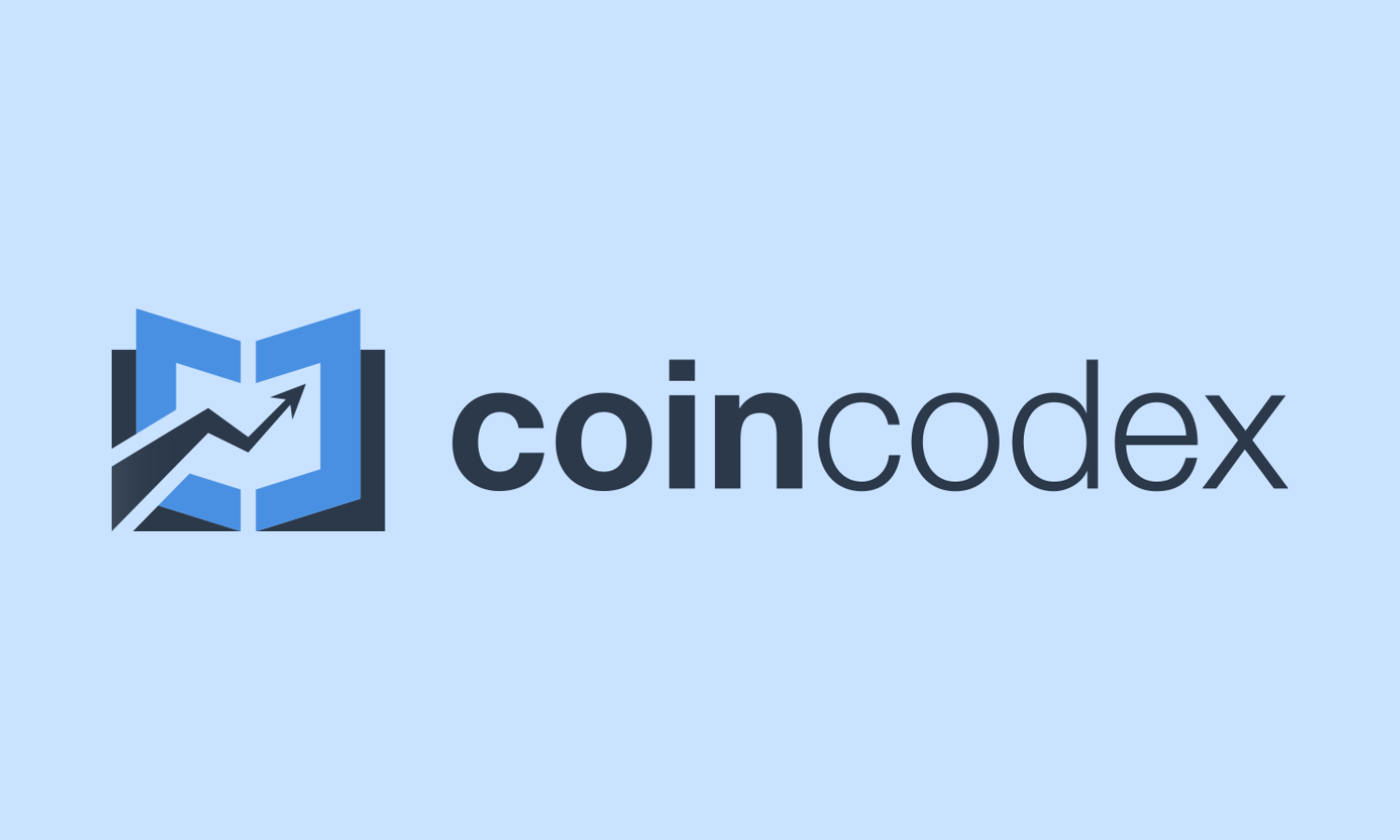Sui vs Solana: Can the Newcomer Beat the Giant in 2025?
Since their release, both Solana and Sui have quickly grabbed people’s attention. Solana’s been holding down a strong spot in the crypto space, drawing deep developer and investor interest with proven speed and reliability. Sui, a newcomer, has made a name for itself with its rapid growth, bold promises, and fresh take on blockchain architecture.Both networks are built for scale and speed, but they take very different approaches under the hood. You’ll find big differences not just in performance stats, but also in community size, developer tools, and overall adoption. That’s exactly what I’ll cover in this post. I’ll make an honest, side-by-side review of what sets Solana apart, what lets Sui stand out, and how they stack up in the real world. Sui isn’t “better” in every way, but it’s challenging the status quo. And that matters.When you stack up Sui and Solana, architecture is where you have to start. These aren’t just tweaks on old blockchain engines. Both networks were planned for high-octane speeds and scaling that makes them stand out from older chains like Ethereum. Sui removes the idea of basic accounts as records of numbers, using objects instead. Solana? It’s gone full throttle with Proof of History and ultra-granular parallelization. The guts of each system shape everything from throughput to what it feels like for devs and users.Instead of storing balances and smart contracts in shared accounts, Sui structures all assets as objects. Think of them like individually tracked parcels rather than entries on a single ledger. Each object lives with its own unique rules, lifecycle, and permissions. This makes routine actions, like sending tokens or NFTs, blazingly fast and far less risky for user errors.The brains behind Sui’s logic are the Move language. It’s a security-first, resource-oriented programming tool originally built for Facebook’s deserted Diem project. Move lets you define assets and their behaviors directly, making bugs and exploits far harder to sneak in. Developers get:Real-world performance already reflects the efficiency boost. Apps can batch process swathes of transactions without bottlenecking, which is a big win for crypto gaming, NFTs, and anything where lots of people need to transact at once.Solana flips the script on blockchain consensus with Proof of History (PoH). Instead of relying solely on classic proof-of-stake timing, Solana keeps a historical record (a cryptographic timestamp) that orders every action before it’s stashed on-chain. This lets the network agree on what happened (and when) with minimal back-and-forth.Where things really get interesting: Solana’s network design lets thousands of tasks run at once. Rather than making every node plod through each transaction in order, Solana splits the load. Bottlenecks? Practically gone. Many hands make light work, and in this case, serious throughput.Core benefits for users and devs include:With Solana, ultra-fast block times and a unique parallel runtime make moving assets or interacting with contracts feel like a web app, not a crypto chore. Users won’t typically notice network congestion, so their trades, games, or NFT buys just “work.”Why dig into technical guts? Because these differences shape what you’ll experience every day.Here’s what’s relevant between Sui’s object-centric model and Solana’s parallel engine:Each network’s innovation comes with its own set of trade-offs, but these approaches move both far beyond the blockchain status quo. You do need to understand the basics of how blockchain works, but in short, both Sui and Solana are good at different things, and both have a lot to offer.Behind every fast blockchain is a community of: Solana has an established crowd. Sui is punching above its weight, and getting more attention faster than most newcomers. But there’s a good reason for it.Comparing these two ecosystems side-by-side is like tracking two sports teams: Solana with years of playoff experience, while Sui is breaking records in its rookie season. Let’s break down what you actually get with each.Solana set the standard for high-throughput DeFi and NFT apps. That gives us bustling marketplaces, games that don’t lag, and platforms moving serious capital. Sui, on the other hand, is spinning up a fresh run of tools, all backed by its object-centric model and Move smart contracts. Even if you’re not a developer, the differences affect what you can do—and how fast you can do it.When it comes to on-chain variety, Solana still leads. It has a more mature infrastructure, deeper liquidity, and more seasoned devs. But Sui’s onboarding curve is surprisingly quick. Its active dev community has filled the ecosystem with 100+ live apps in under a year.Both chains are magnets for developer capital, but each attracts a different flavor:Sui’s growth feels explosive. Its onboarding is less technical, more streamlined: simple wallet kits, easy Move contract starters, and responsive support channels. Solana’s ecosystem, by contrast, rewards experience. It’s better for devs ready to play with advanced optimization or scale to millions of users.Community? Both ecosystems are lively. Telegram, Discord, and Twitter are filled with guides, memes, feedback, and direct access to the dev teams. The difference is personality: Solana fans are more seasoned and technical; Sui’s crowd feels experimental and open to first-timers.In short,0 Solana offers reliability, dense liquidity, and proven dApps. Sui bets on fast onboarding, novel assets, and developer agility. There’s a reason many are saying Sui is the next Solana, and the prediction doesn’t seem that far-fetched.Both Sui and Solana present compelling investment opportunities in 2025, each with distinct risk-reward profiles.Sui is great for investors who want high-growth opportunities in emerging blockchain technologies. The platform’s innovative approach and fast ecosystem development could yield significant returns, but the risk is higher.Solana is suitable if you prefer a more established investment with a proven track record. The mature ecosystem and potential institutional adoption offer a balanced risk-reward profile.Both Sui and Solana perform great in terms of transactions per second (TPS). However, their design choices spell out real consequences for anyone pushing serious volume, or just buying an NFT on Saturday night.No one wants shockingly high crypto fees or random “network is overloaded” messages. Here’s how the two compare:If you’re an average user, you can easily complete over 100 swaps or on-chain actions without having to worry about costs on either chain.For heavy traders and high-frequency applications, Sui’s batching and efficiency can translate into real, measurable savings over time.The fastest network in the world is useless if it keeps falling over. Here’s what the actual data says about uptime and recent network stability:Security protects you from losing funds or having rogue contracts take over. So, how do Solana and Sui measure up?Always research the age and audit history of any protocol you use. Sui’s Move language brings extra safety for simple asset logic. But every platform becomes a bigger target as it grows, so expect ongoing scrutiny.Here are the major performance and cost numbers, easy to scan for a quick comparison:At a glance: Sui is the new hotshot. It offers blazing speeds and a security-minded design. Solana is the seasoned veteran. It’s reliable, proven, and pushing for even higher throughput with the coming upgrades. Neither chain is perfect, but both have pushed modern blockchain performance into territory that was barely believable a few years ago.Sui is changing what blockchains can do. Both networks crush bottlenecks, keep fees low, and support non-stop growth, but each gives users different strengths. Sui leads on speed and price stability. Solana delivers tried-and-tested infrastructure plus ecosystem depth you can trust during surges or spikes. Each chain brings something big to the table.For developers, the takeaway is clear: if you want an onramp with quick setup and safety-first smart contracts, Sui checks every box. For seasoned builders chasing liquidity, mature tooling, and big-league partnerships, Solana remains the heavier hitter. If you’re wondering which one to invest in, neither one will turn out to be a bad investment. Watch user activity, compare incentives, and stay nimble as new projects shake up both networks.If you’d like to see other comparisons, feel free to check out our Cardano vs Solana comparison. Or, alternatively, give our Avalanche vs Solana a read.

Published on Other News Site











